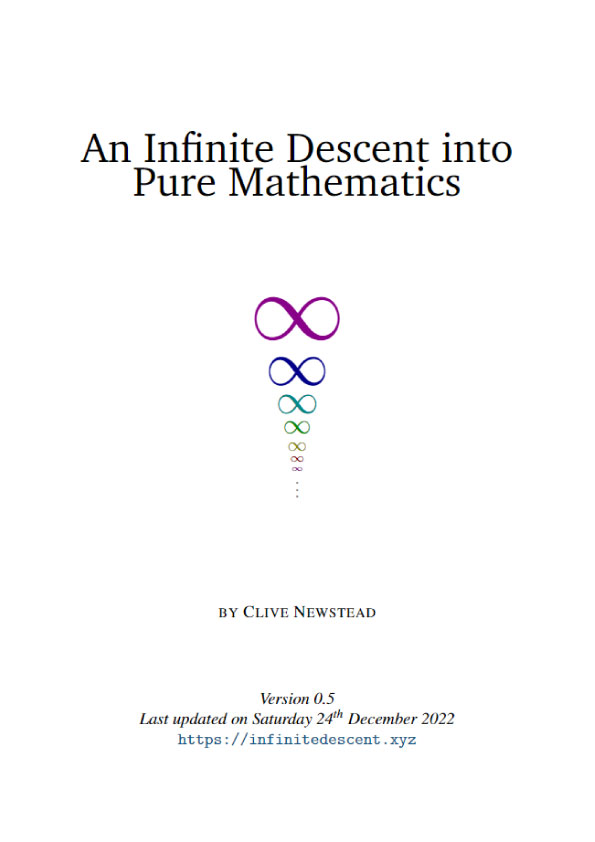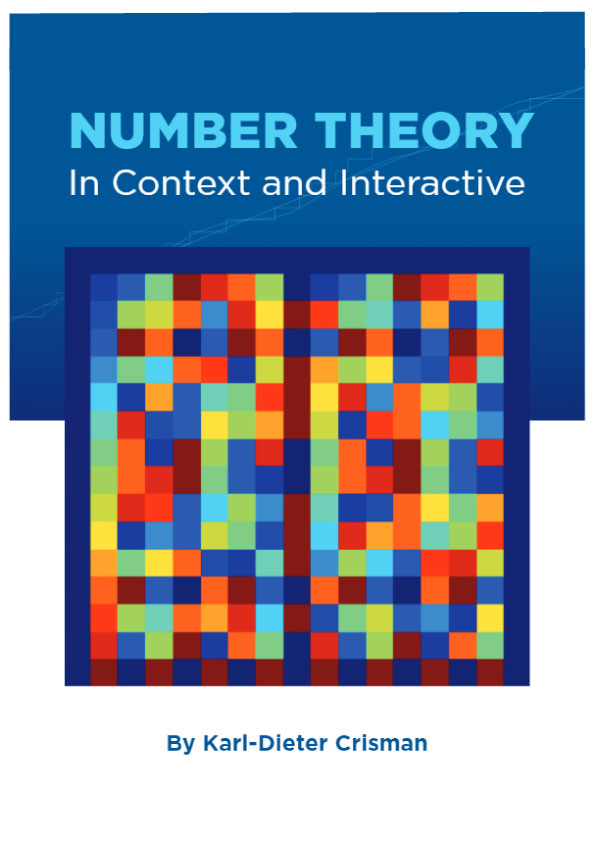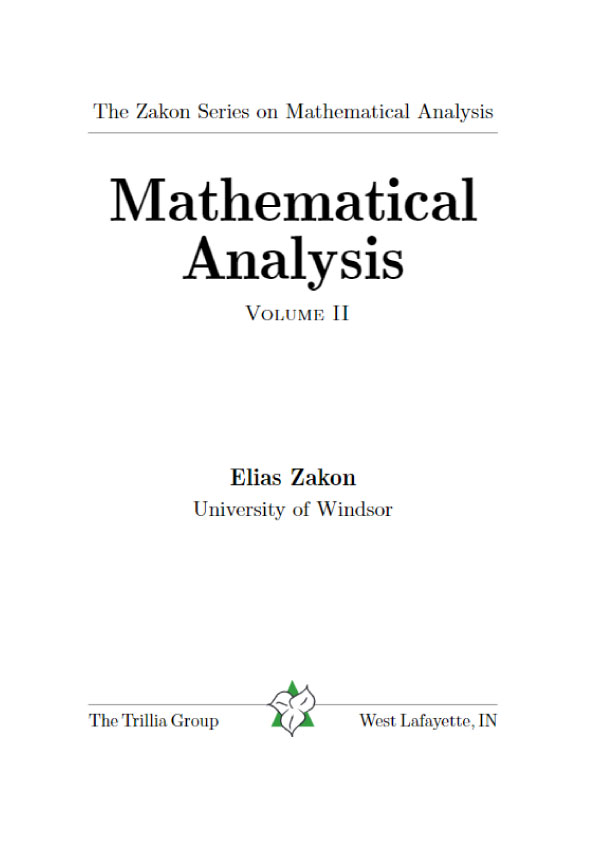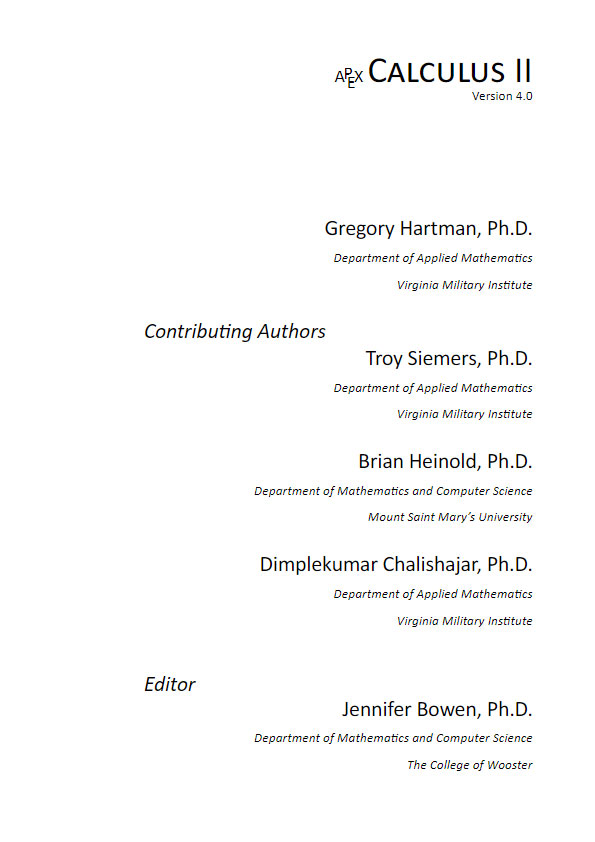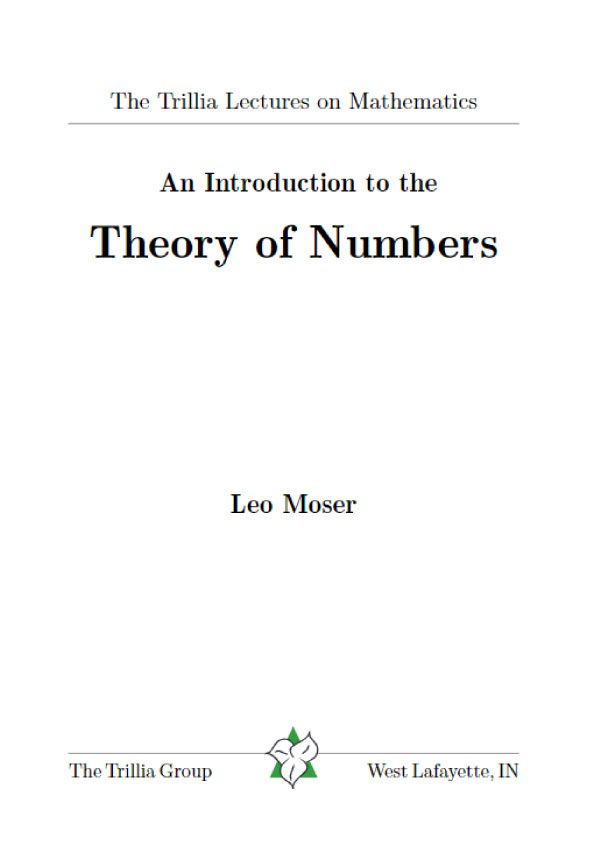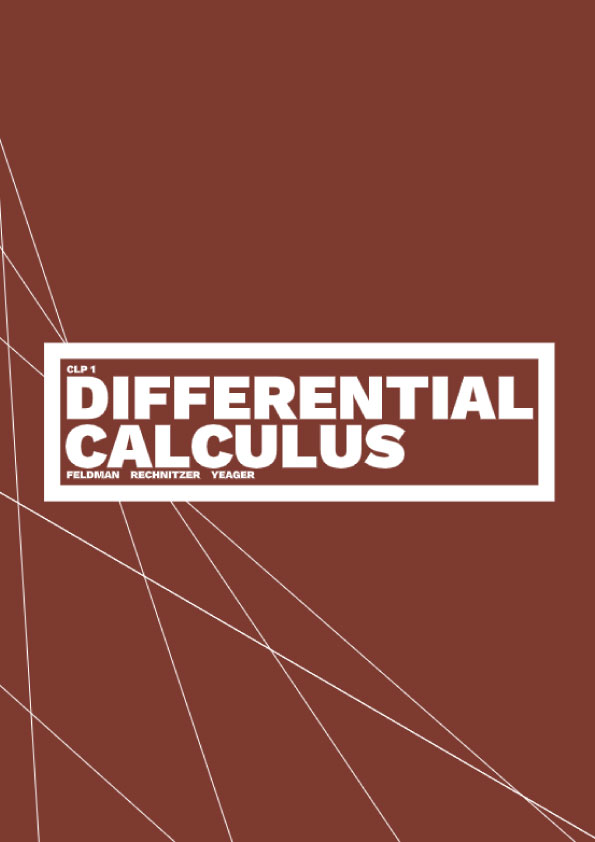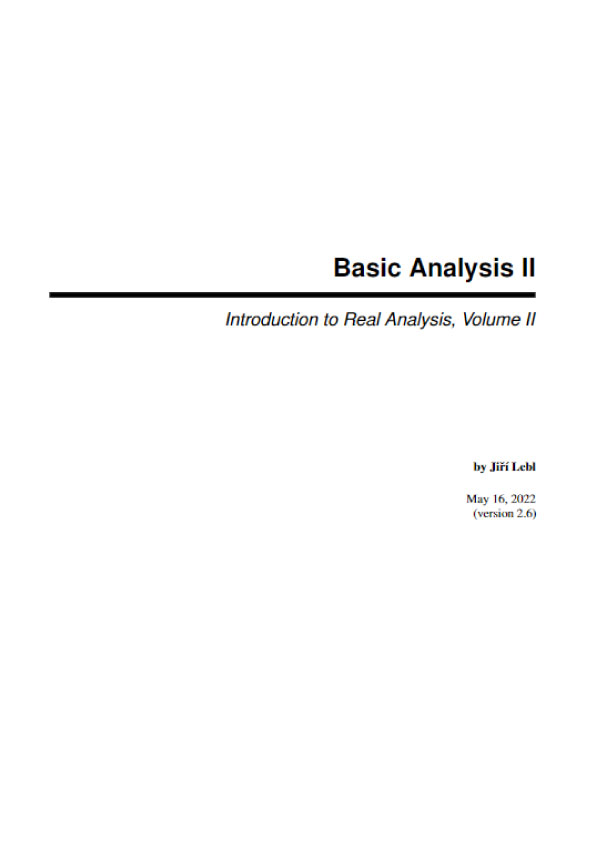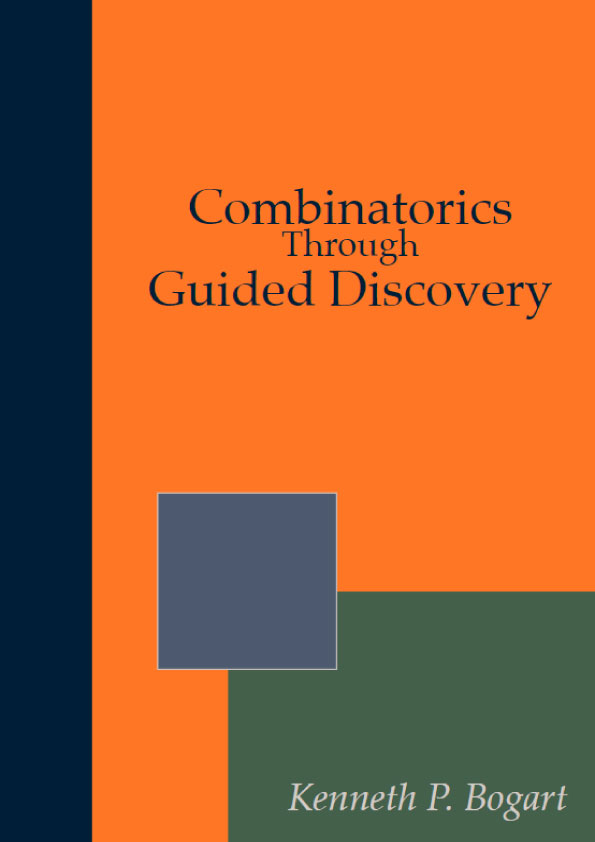Getting started
Before we can start proving things, we need to eliminate certain kinds of statements that we might try to prove. Consider the following statement:
This sentence is false.
Is it true or false? If you think about this for a couple of seconds then you’ll get into a bit of a pickle.
Now consider the following statement:
The happiest donkey in the world.
Is it true or false? Well it’s not even a sentence; it doesn’t make sense to even ask if it’s true or false!
Clearly we’ll be wasting our time trying to write proofs of statements like the two listed above—we need to narrow our scope to statements that we might actually have a chance of proving (or perhaps refuting)! This motivates the following (informal) definition.
✦ Definition 0.1 A proposition is a statement to which it is possible to assign a truth value (‘true’ or ‘false’). If a proposition is true, a proof of the proposition is a logically valid argument demonstrating that it is true, which is pitched at such a level that a member of the intended audience can verify its correctness.
Thus the statements given above are not propositions because there is no possible way of assigning them a truth value. Note that, in Definition 0.1, all that matters is that it makes sense to say that it is true or false, regardless of whether it actually is true or false—the truth value of many propositions is unknown, even very simple ones.
✎ Exercise 0.2 Think of an example of a true proposition, a false proposition, a proposition whose truth value you don’t know, and a statement that is not a proposition.
Results in mathematical papers and textbooks may be referred to as propositions, but they may also be referred to as theorems, lemmas or corollaries depending on their intended usage.
- A proposition is an umbrella term which can be used for any result.
- A theorem is a key result which is particularly important.
- A lemma is a result which is proved for the purposes of being used in the proof of a theorem.
- A corollary is a result which follows from a theorem without much additional effort.
These are not precise definitions, and they are not meant to be—you could call every result a proposition if you wanted to—but using these words appropriately helps readers work out how to read a paper. For example, if you just want to skim a paper and find its key results, you’d look for results labelled as theorems.
It is not much good trying to prove results if we don’t have anything to prove results about. With this in mind, we will now introduce the number sets and prove some results about them in the context of four topics, namely: division of integers, number bases, rational and irrational numbers, and polynomials. These topics will provide context for the material in Part I, and serve as an introduction to the topics covered in Part II.
We will not go into very much depth in this chapter. Rather, think of this as a warm-up exercise—a quick, light introduction, with more proofs to be provided in the rest of the book.
Number sets
Later in this chapter, and then in much more detail in Chapter 2, we will encounter the notion of a set; a set can be thought of as being a collection of objects. This seemingly simple notion is fundamental to mathematics, and is so involved that we will not treat sets formally in this book. For now, the following definition will suffice.
✦ Definition 0.3 (to be revised in Definition 2.1.1) A set is a collection of objects. The objects in the set are called elements of the set. If X is a set and x is an object, then we write x ∈ X (LATEX code: x \in X) to denote the assertion that x is an element of X .
The sets of concern to us first and foremost are the number sets—that is, sets whose elements are particular types of number. At this introductory level, many details will be temporarily swept under the rug; we will work at a level of precision which is appropriate for our current stage, but still allows us to develop a reasonable amount of intuition.
In order to define the number sets, we will need three things: an infinite line, a fixed point on this line, and a fixed unit of length.
So here we go. Here is an infinite line:
![]()
The arrows indicate that it is supposed to extend in both directions without end. The points on the line will represent numbers (specifically, real numbers, a misleading term that will be defined in Definition 0.25). Now let’s fix a point on this line, and label it ‘0’:
![]()
This point can be thought of as representing the number zero; it is the point against which all other numbers will be measured. Finally, let’s fix a unit of length:
![]()
This unit of length will be used, amongst other things, to compare the extent to which the other numbers differ from zero.
✦ Definition 0.4 The above infinite line, together with its fixed zero point and fixed unit length, constitute the (real) number line.
We will use the number line to construct five sets of numbers of interest to us:
- The set N of natural numbers—Definition 0.5;
- The set Z of integers—Definition 0.11;
- The set Q of rational numbers—Definition 0.24;
- The set R of real numbers—Definition 0.25; and
- The set C of complex numbers—Definition 0.31.
Each of these sets has a different character and is used for different purposes, as we will see both later in this chapter and throughout this book.
